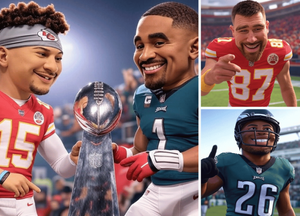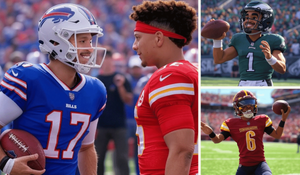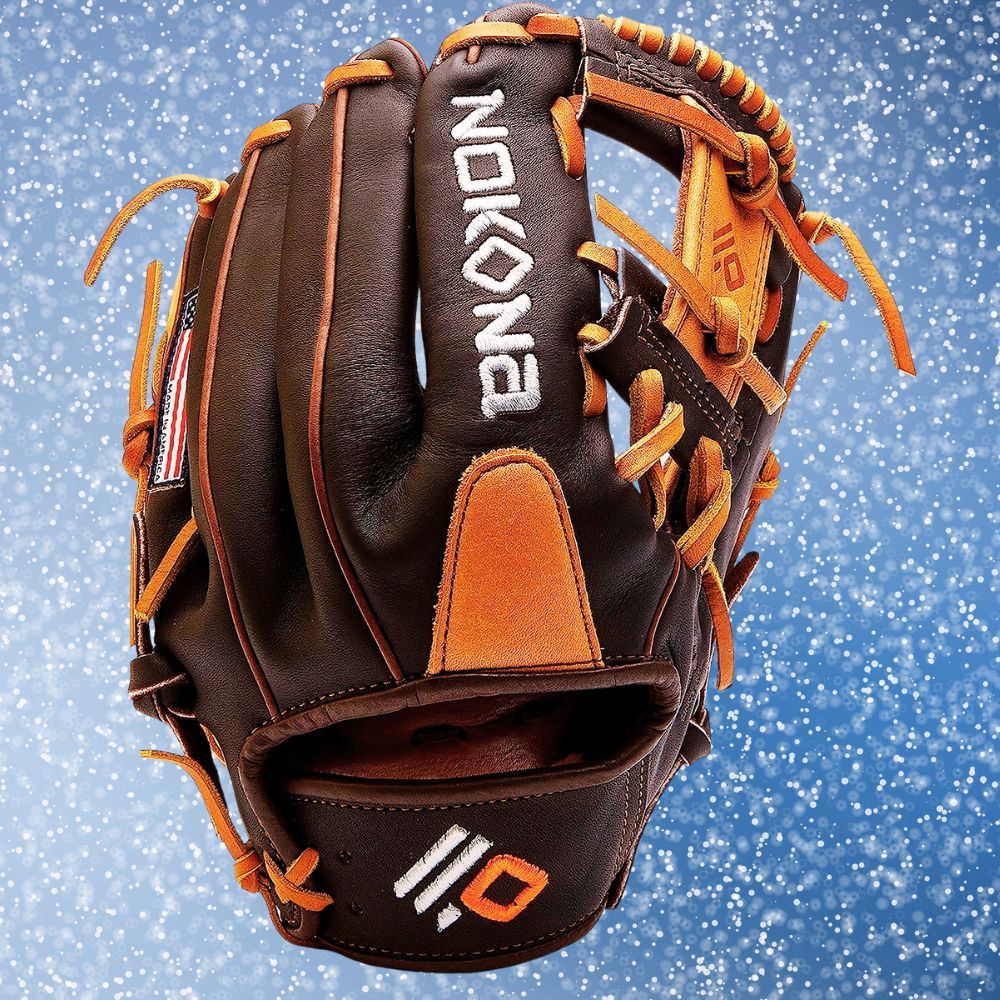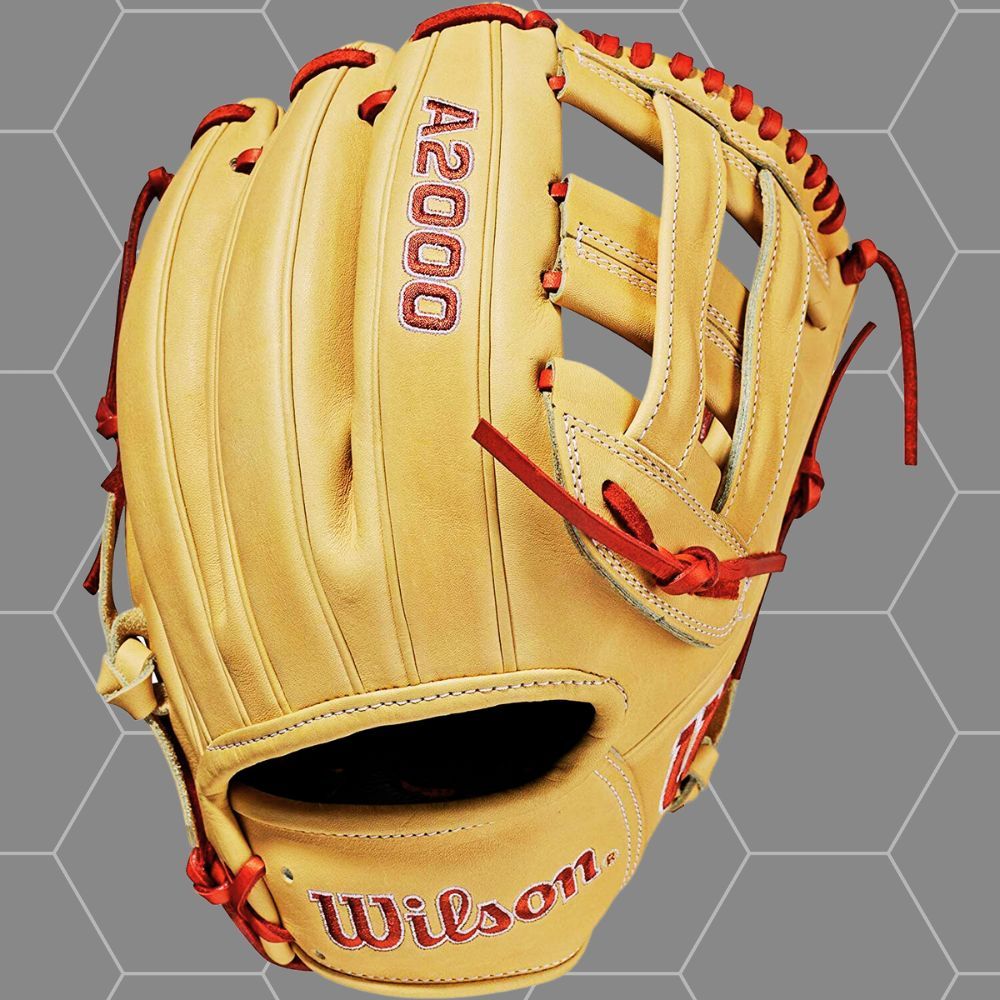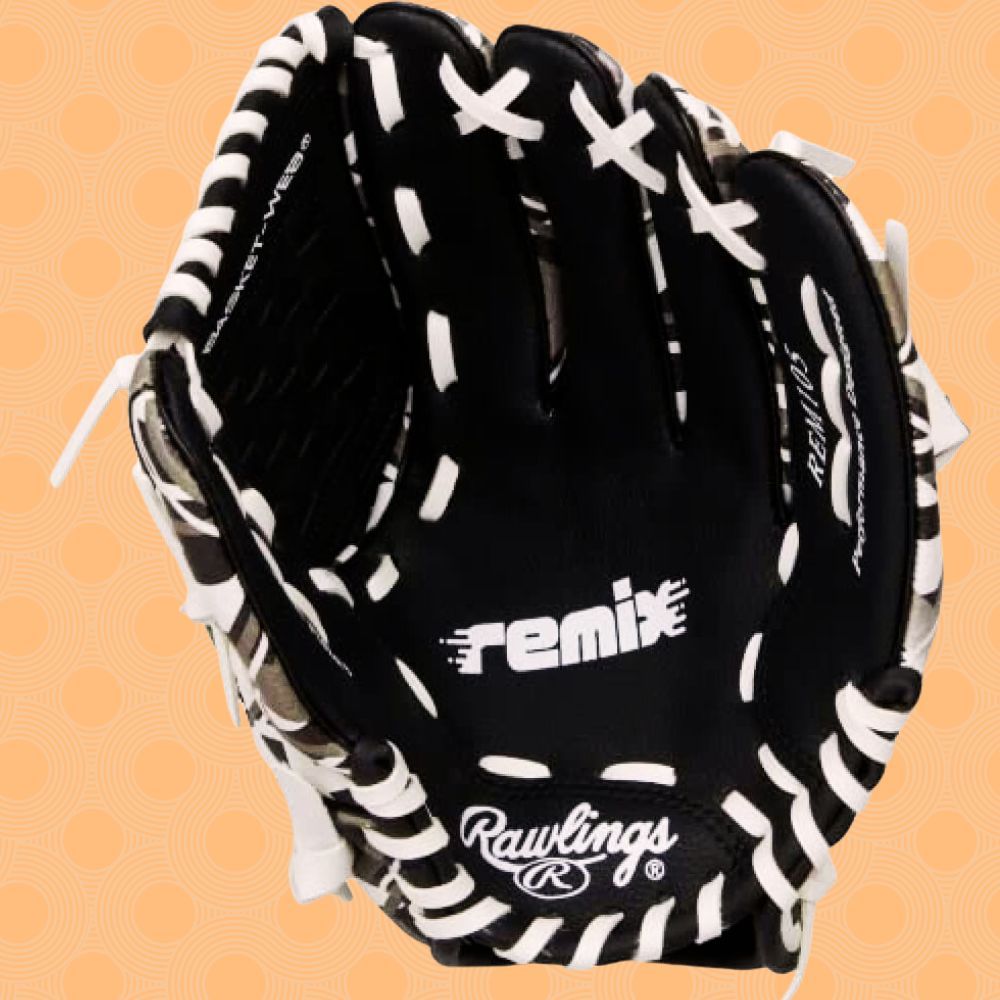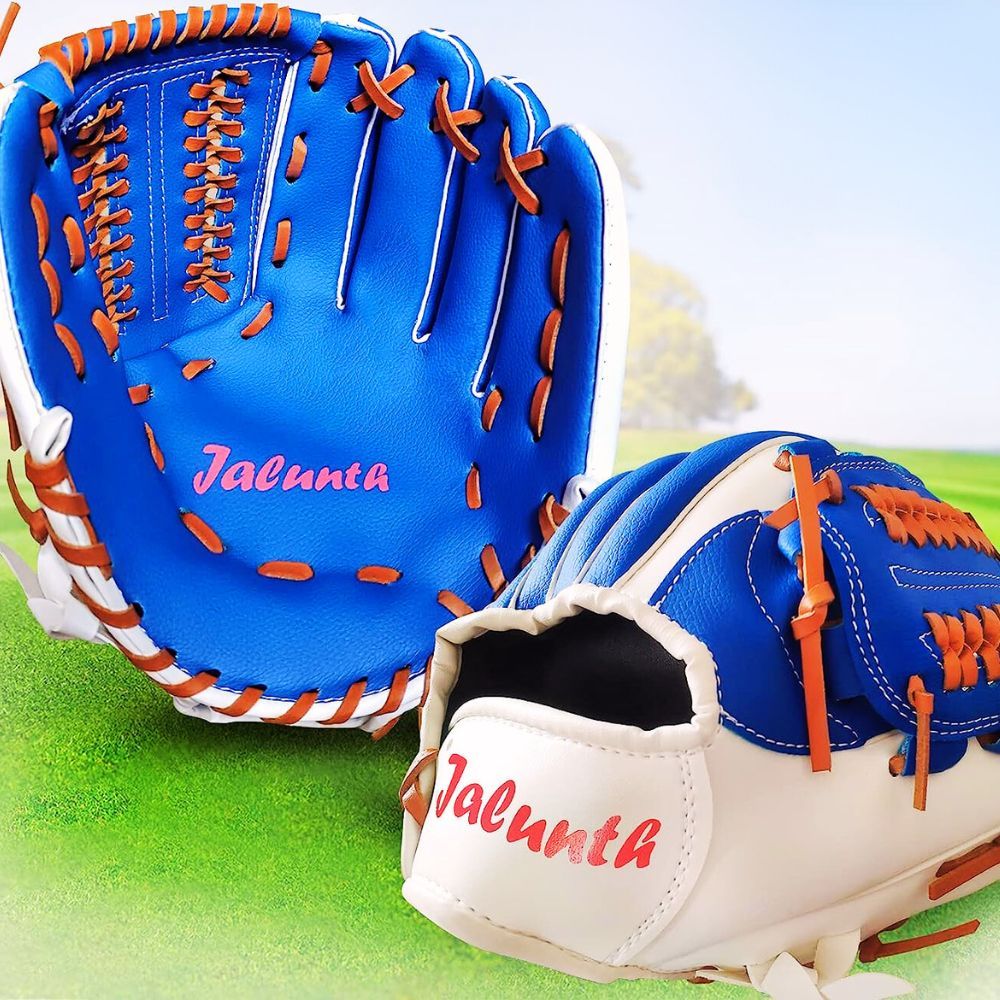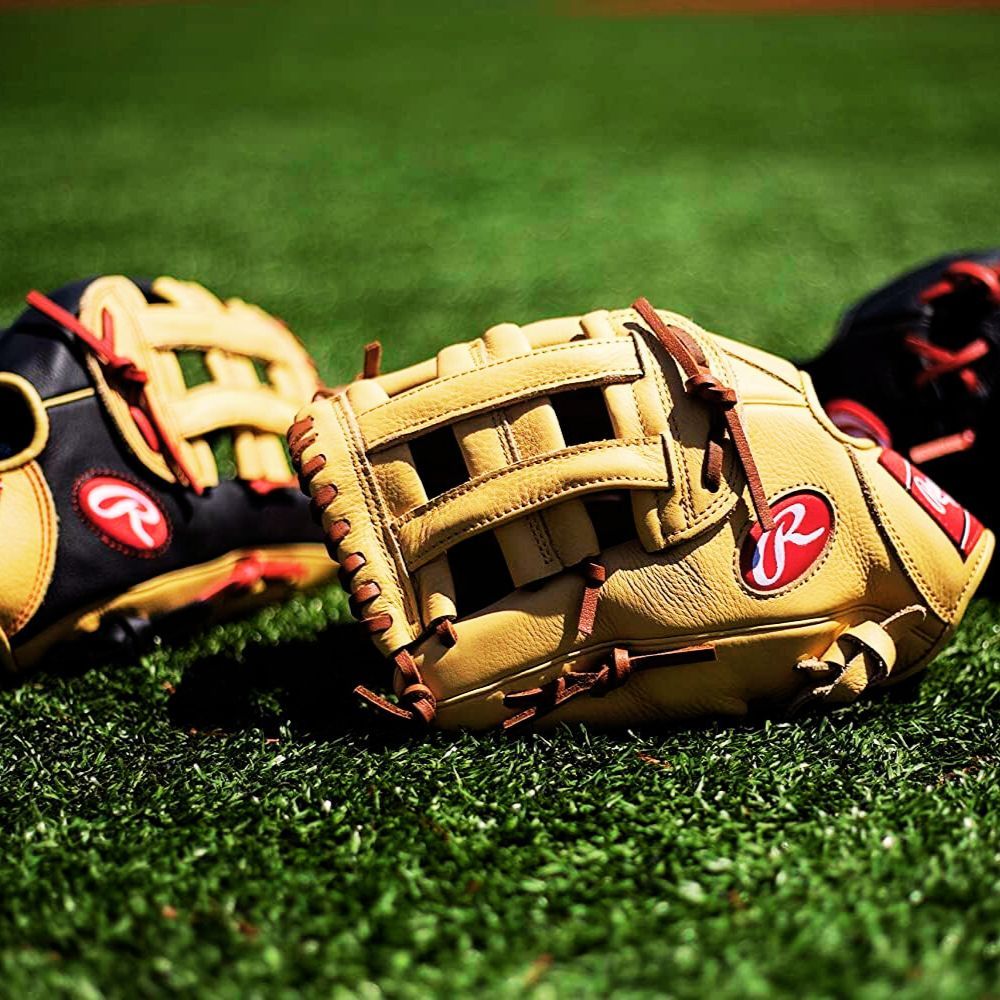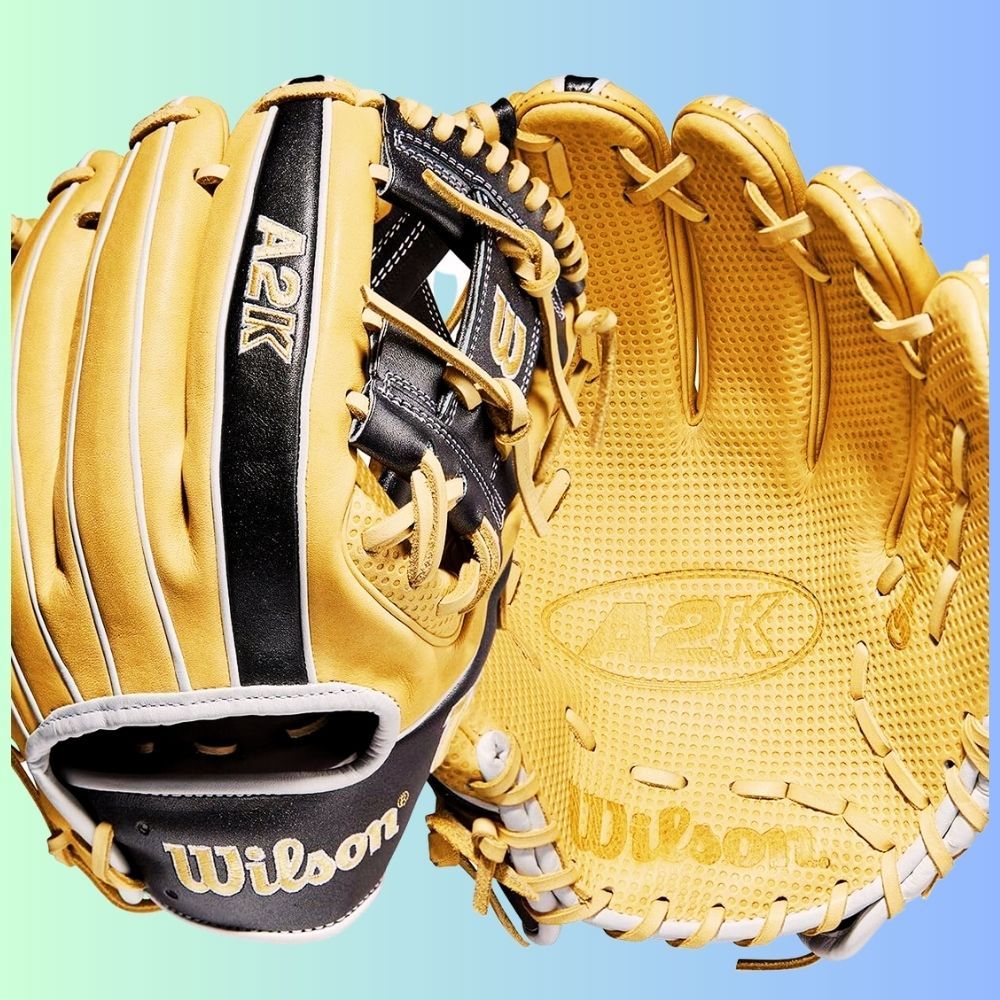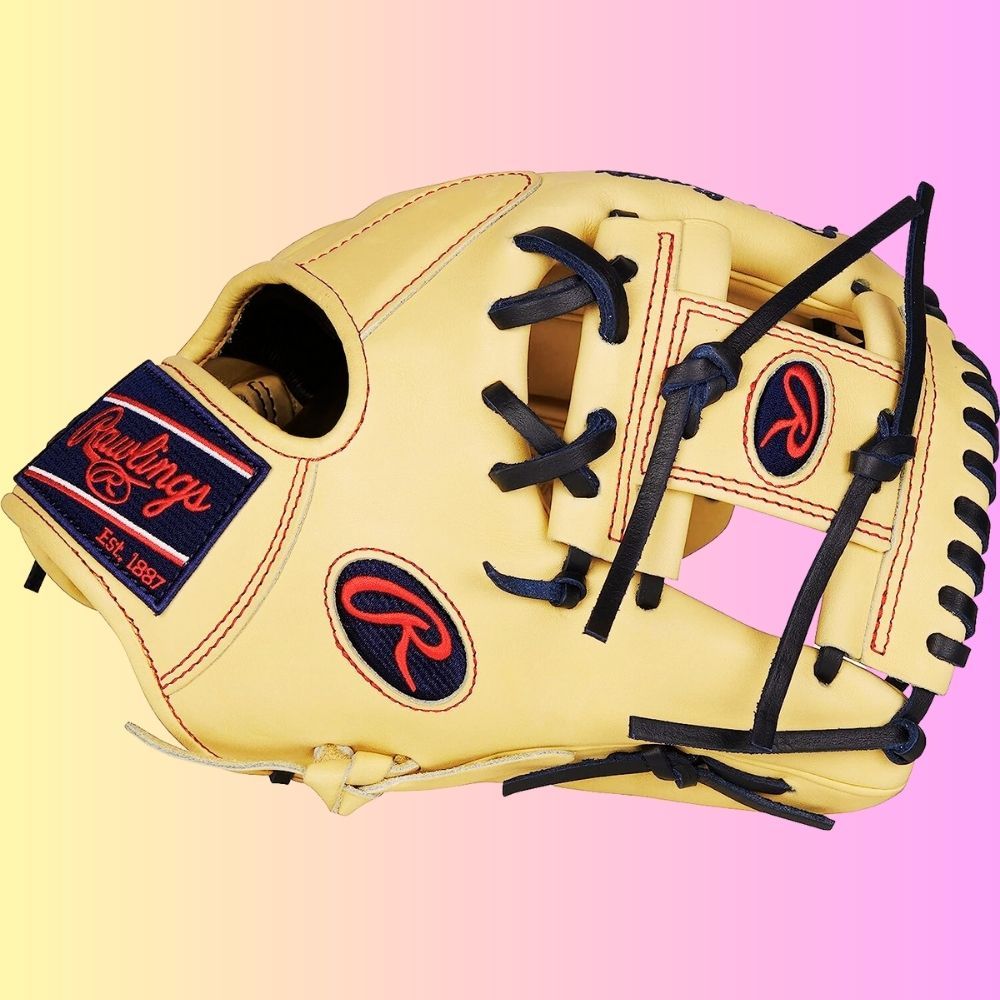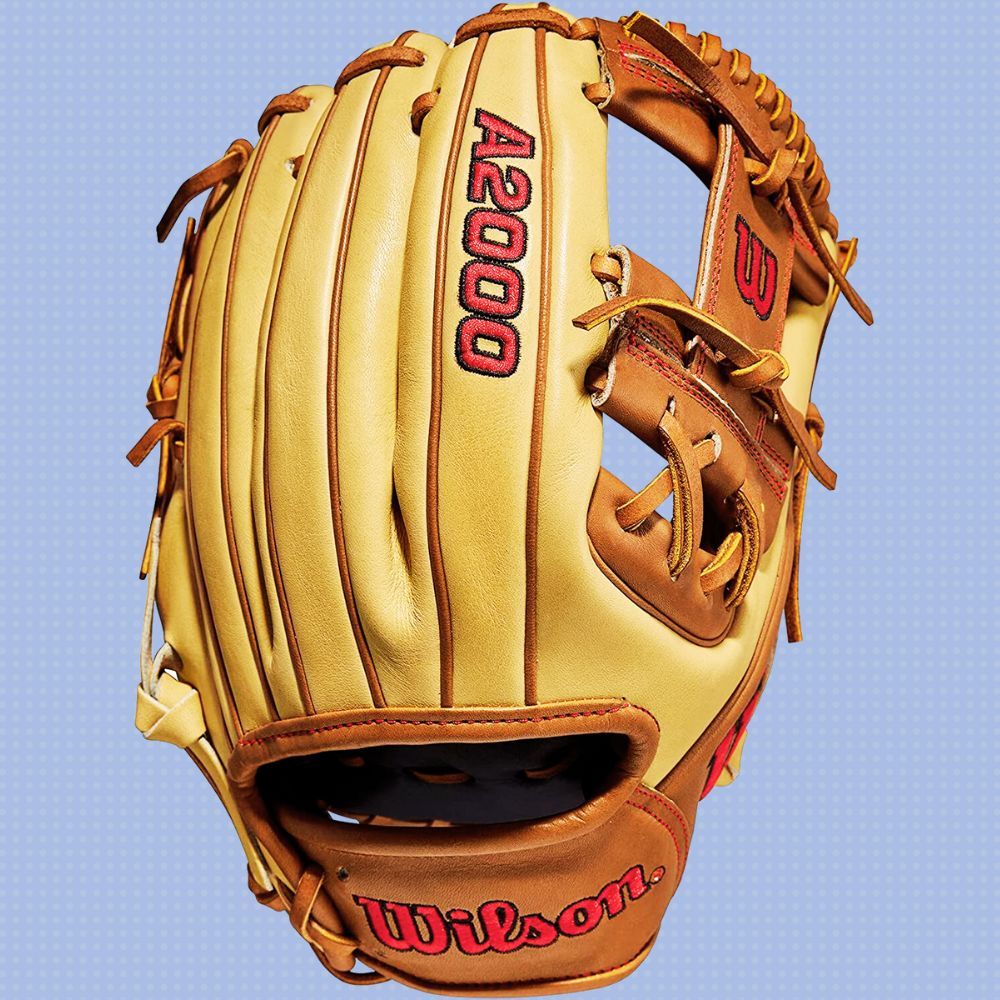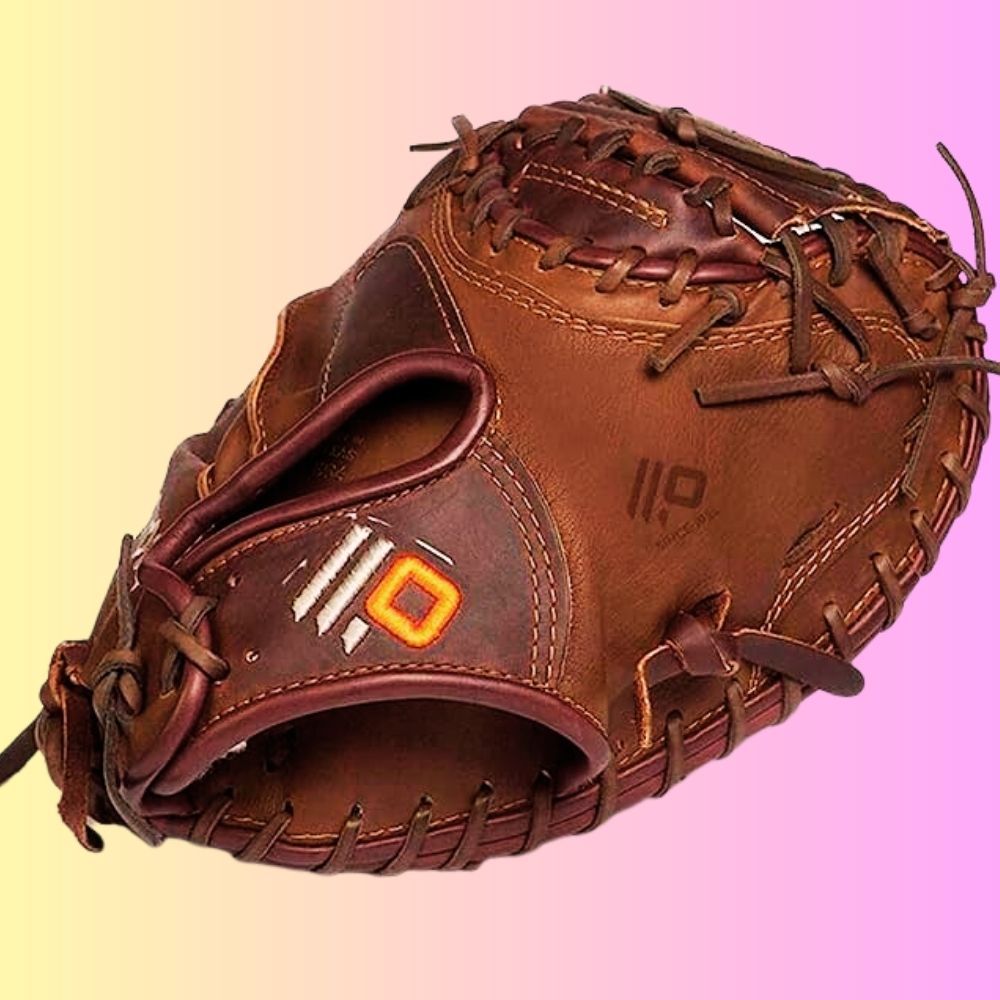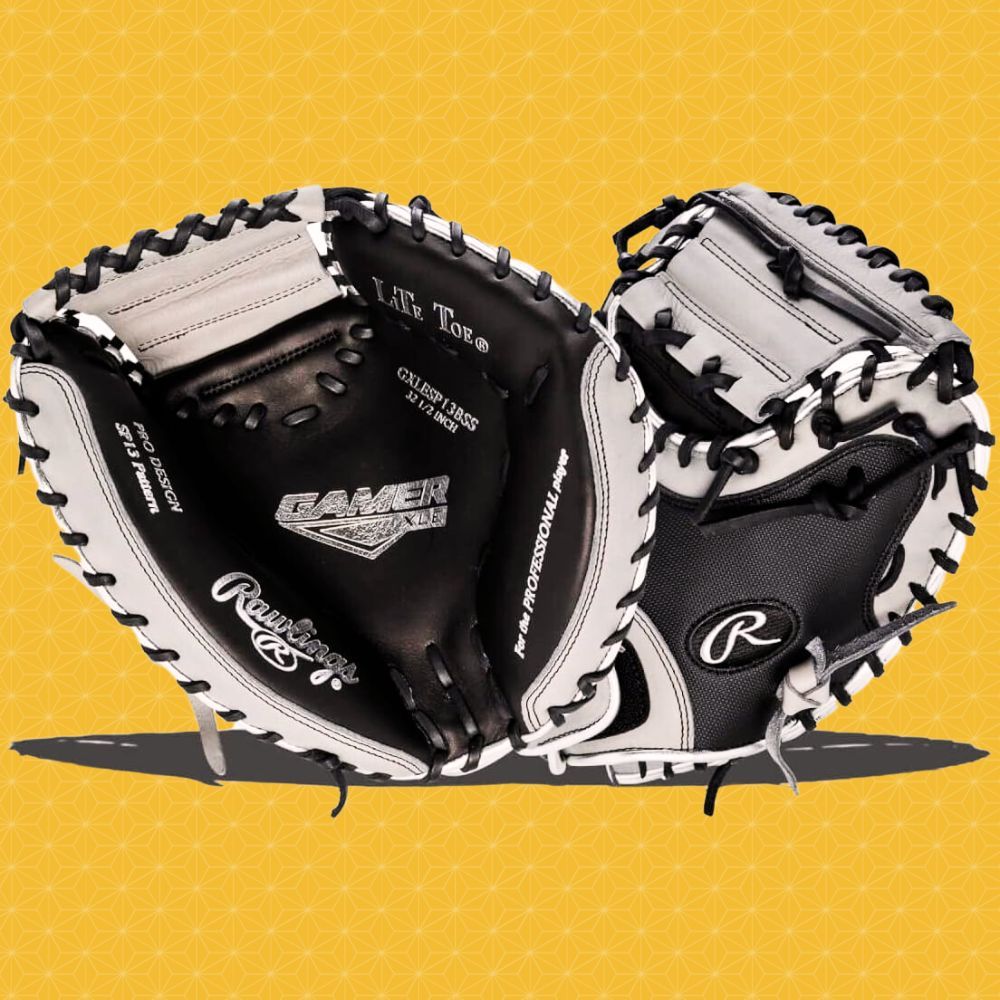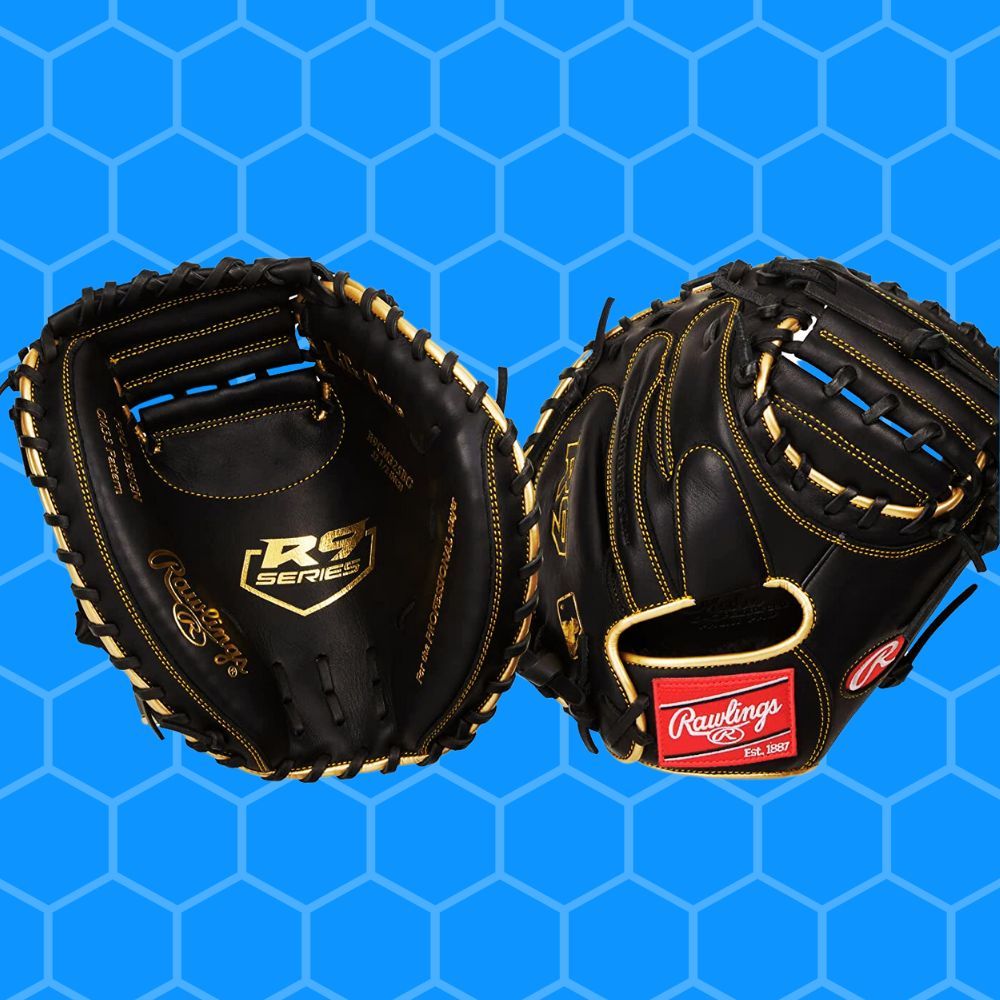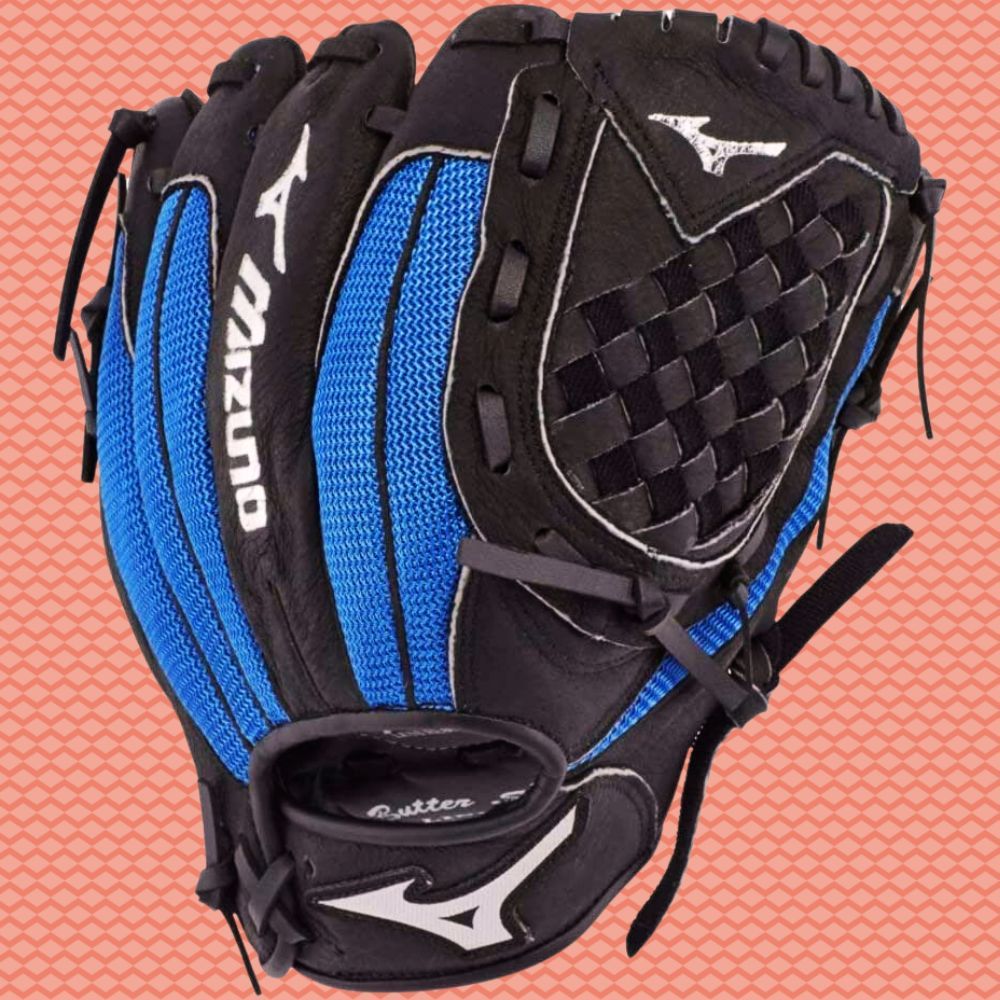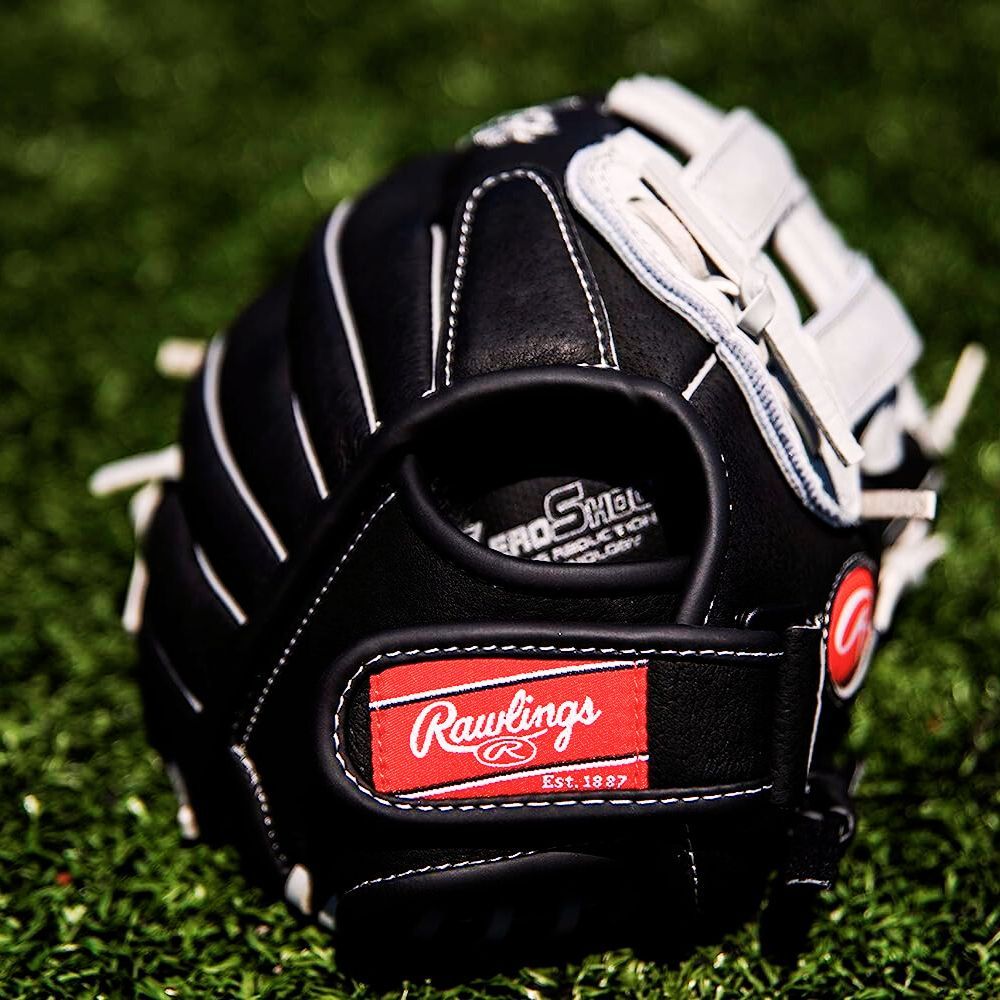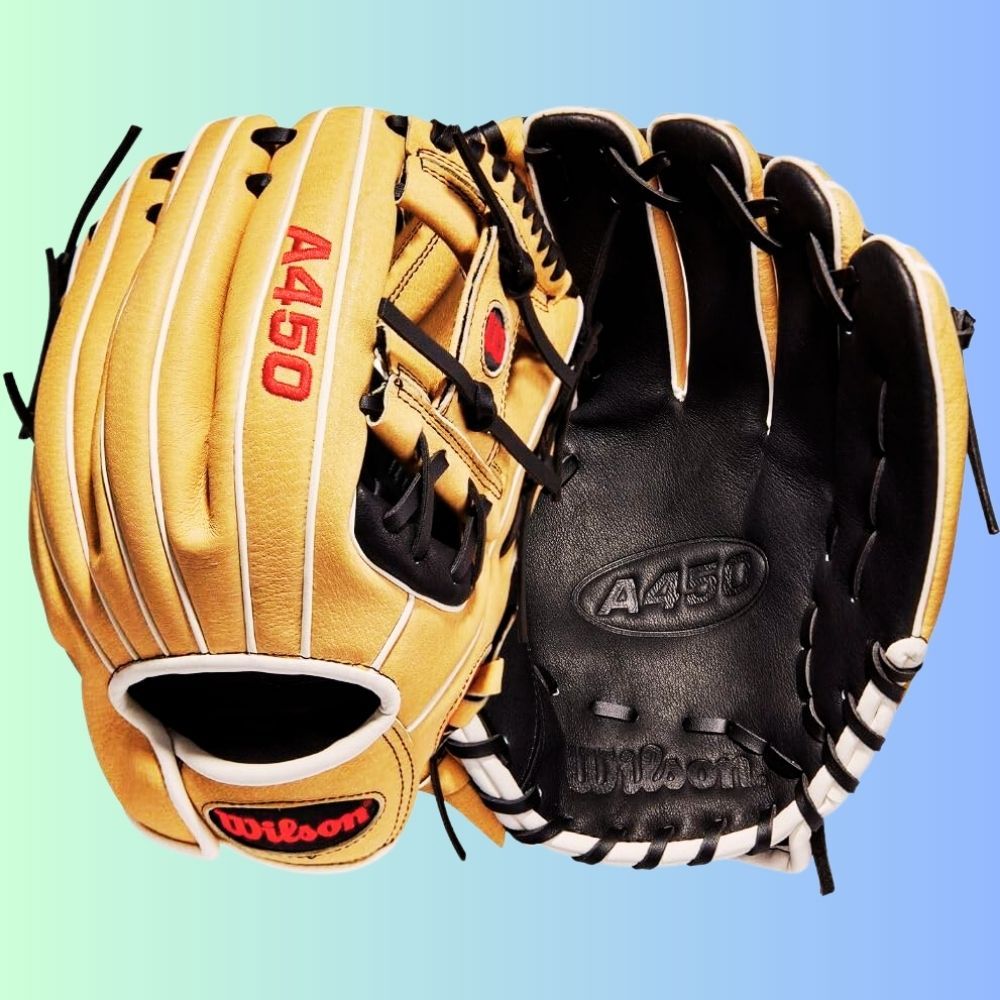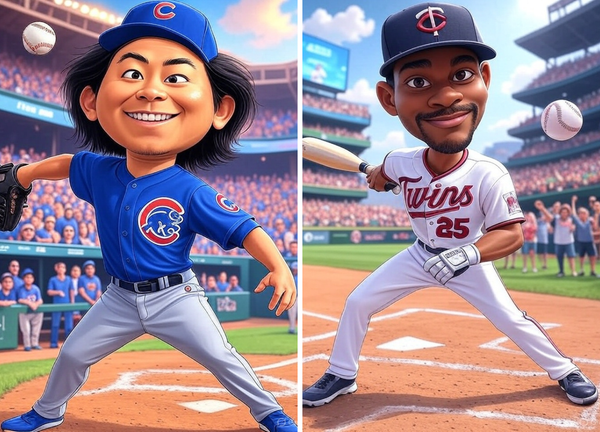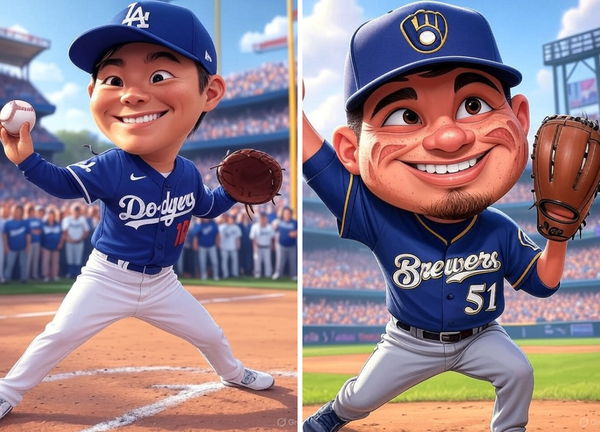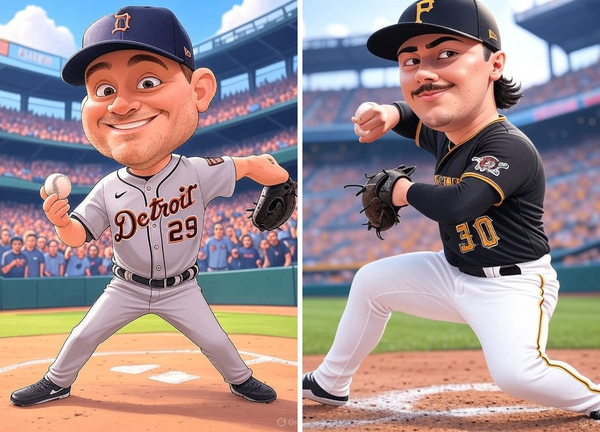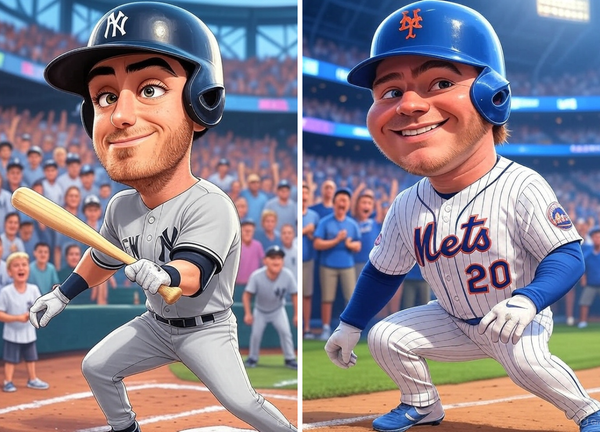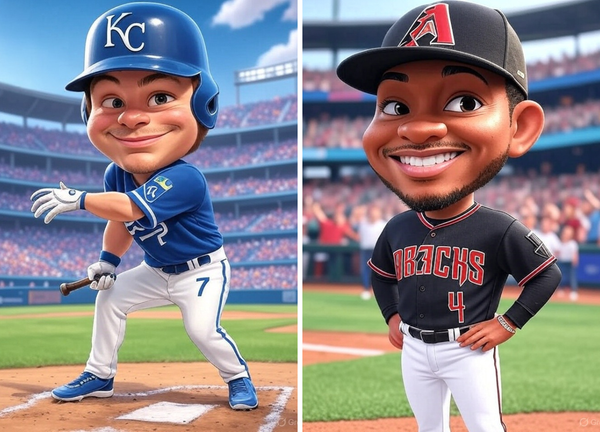Choosing the right baseball glove for youth players is a crucial decision that can significantly impact their performance and enjoyment of the game. A well-fitted glove not only enhances a player’s confidence but also ensures their safety on the field.
In this comprehensive guide, we will explore the best baseball gloves for various positions, discuss the pros and cons of leather and synthetic gloves, offer tips for breaking in a new glove, provide guidance on choosing the right size, delve into customization options, and share advice on glove care and maintenance. Let’s embark on this journey to help you find the perfect glove for your young athlete!
Short Summary
- This article provides an overview of the top 10 best baseball gloves for youth players in 2023.
- It covers various glove types, including infield, outfield, and catcher’s mitts, leather vs synthetic materials, and break-in tips. Sizing guidelines and customization options.
- The key characteristics of popular brands such as Rawlings, Wilson, and Mizuno are also discussed to help make an informed decision when selecting a glove for young players.
Top 5 Youth Baseball Gloves for Various Positions
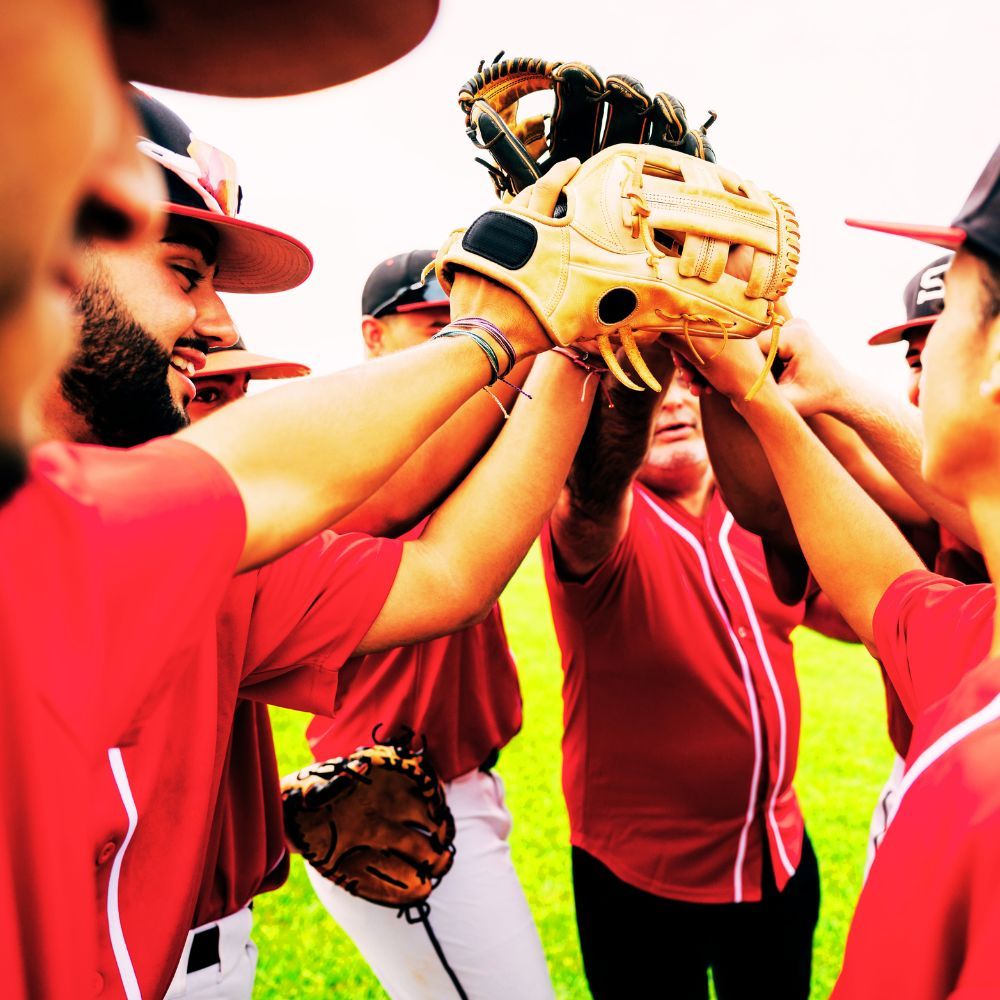
Finding the best youth baseball glove for your child can be a daunting task, considering the vast array of options available in the market. Fear not, for we have diligently researched and consulted experts, coaches, and parents to compile a list of the best youth baseball gloves for various positions.
These gloves not only boast excellent quality and durability, but also cater to the specific needs of young players in different positions, such as infielders, outfielders, pitchers, and catchers.
So without further ado, let’s dive into the world of youth baseball gloves and find the perfect match for your little slugger!
Infield Gloves
Infield gloves play a pivotal role in ensuring optimal performance for young players. They are designed to be compact, lightweight, and durable, with shallow pockets that facilitate quick and easy ball transfers.
A well-designed infield glove should provide ample palm stability and proper stitching to aid in ball control while offering maximum comfort.
Some of the top infield gloves for youth players include the following:
These gloves are praised for their rapid closing and opening, lightweight design, high-quality leather, and 11.25-inch size. Additionally, these gloves offer features such as Pro-H web construction, a deeper pocket that is deep enough to catch and hold balls with ease, modified H-Pro web design, prime reserve USA steer hide leather, cowhide finger lining, closed baskets and H-pro webbing, a contoured fit, Digital Light Synthesis Technology, an optimized lattice structure in the thumb and pinky, an Adaptive Fit System, high-density memory foam, and a classic old-school look.
Choosing the right infield glove is crucial for young players to excel in their positions and enhance their overall performance on the field.
Outfield Gloves
Outfield gloves are specifically designed to help young players excel in catching runners and fly balls. These gloves typically come in larger sizes, ranging from 12 to 13 inches, to accommodate the demands of the outfield position.
The Rawlings Select PRO-LITE Youth Baseball Glove is a popular choice for young outfielders, offering a thick palm section for shock reduction and a comfortable fit. Made from authentic leather, this glove is easy to manage and provides adequate performance without transmitting jarring vibrations to the player’s body when catching fastballs.
While leather outfield gloves, such as the Rawlings Select PRO-LITE, offer excellent performance and durability, synthetic gloves might be a suitable alternative for those seeking a lighter weight and shorter break-in time. The Trap-Eze web pattern is a popular choice for a kid’s leather glove, providing the perfect balance between performance and comfort.
Ultimately, the choice between leather and synthetic outfield gloves depends on the individual preferences and needs of the young player.
Pitcher's Gloves
Pitcher’s gloves play a vital role in providing young players with the grip and control necessary for successful pitching. An ideal pitcher’s glove should feature a deep pocket and long fingers to ensure optimal performance.
Some of the most effective gloves for pitchers include the following:
Proper breaking-in and maintenance of a pitcher’s glove are crucial for ensuring comfort and optimal functionality. Methods for breaking in a glove include using glove oil and a mallet, steaming, and playing catch. Regular cleaning and conditioning can help prolong the lifespan of the glove and maintain its performance.
When selecting the right pitcher’s glove for a youth player, it’s crucial to consider factors such as comfort, durability, and grip. Keeping in mind the importance of regular maintenance and proper breaking-in, investing in a high-quality pitcher’s glove will undoubtedly contribute to your young player’s success on the mound.
Catcher's Mitts
Catcher’s mitts are essential for young players, providing protection and comfort when handling the ball. Most 10-year-old catchers typically use a 32-inch glove, making it crucial to choose a mitt that caters to their specific needs. When selecting a catcher’s mitt, it’s important to consider features such as padding, comfort, and durability.
Some of the best youth catcher’s mitts include the following:
These mitts offer exceptional quality, comfort, and protection, ensuring that your young catcher can perform at their best behind the plate.
In conclusion, catcher’s mitts play a crucial role in the success of young players in this demanding position. By selecting a high-quality mitt that provides ample padding, comfort, and durability, you can ensure that your young catcher is well-equipped to handle the challenges of their position with confidence and ease.
Leather vs. Synthetic Baseball Gloves
Leather and synthetic baseball gloves each have their own advantages and disadvantages, making it essential to consider these factors when selecting the most suitable glove for a young player. Leather gloves are known for their durability and superior grip on the ball, but they are also heavier and require a longer break-in time.
On the other hand, synthetic gloves are lighter, easier to break in, and often more affordable, although they may not be as long-lasting as leather gloves.
Ultimately, the choice between leather and synthetic gloves depends on the individual preferences and needs of the young player, as well as factors such as budget, position, and personal comfort.

Leather Gloves
Leather gloves, also known as youth gloves, are a popular choice for youth baseball players due to their durability, ease of use, and break-in time. They are crafted from high-quality materials and are designed to endure for multiple seasons, providing excellent performance and comfort.
However, leather gloves can be more expensive than synthetic gloves and may require additional care and maintenance to prolong their lifespan. Full-grain leather gloves from brands such as Mizuno, Rawlings, Nokona, and Marucci are highly recommended for youth baseball players, as they offer an optimal balance of performance, comfort, and durability.
Despite the many advantages of leather gloves, it’s essential to consider the potential drawbacks, such as their weight and longer break-in time. Some young players may find the initial stiffness of leather gloves challenging, but with proper care and maintenance, these gloves can provide a comfortable and reliable option for years to come.
Synthetic Gloves
Synthetic gloves offer an alternative to leather gloves, providing a more affordable and flexible option for young baseball players. These gloves are typically crafted from materials that are softer and easier to close, making them an attractive choice for those seeking a more comfortable and accessible glove.
Some of the top synthetic gloves for youth players include the following:
Nokona gloves are considered to be among the top-quality baseball gloves available. Synthetic materials are also used for making these gloves, providing extra comfort and durability. In addition to these options, there are other synthetic baseball gloves available on the market to suit various preferences and needs.
While synthetic gloves can be a suitable alternative for those seeking a lighter and more affordable glove, it’s important to consider their potential drawbacks. Synthetic gloves may not be as durable as leather gloves, and their grip may not be as strong, potentially affecting a young player’s performance on the field.
Ultimately, the choice between leather and synthetic gloves depends on the individual needs and preferences of the young player.
Break-In Tips for Your New Leather Baseball Glove
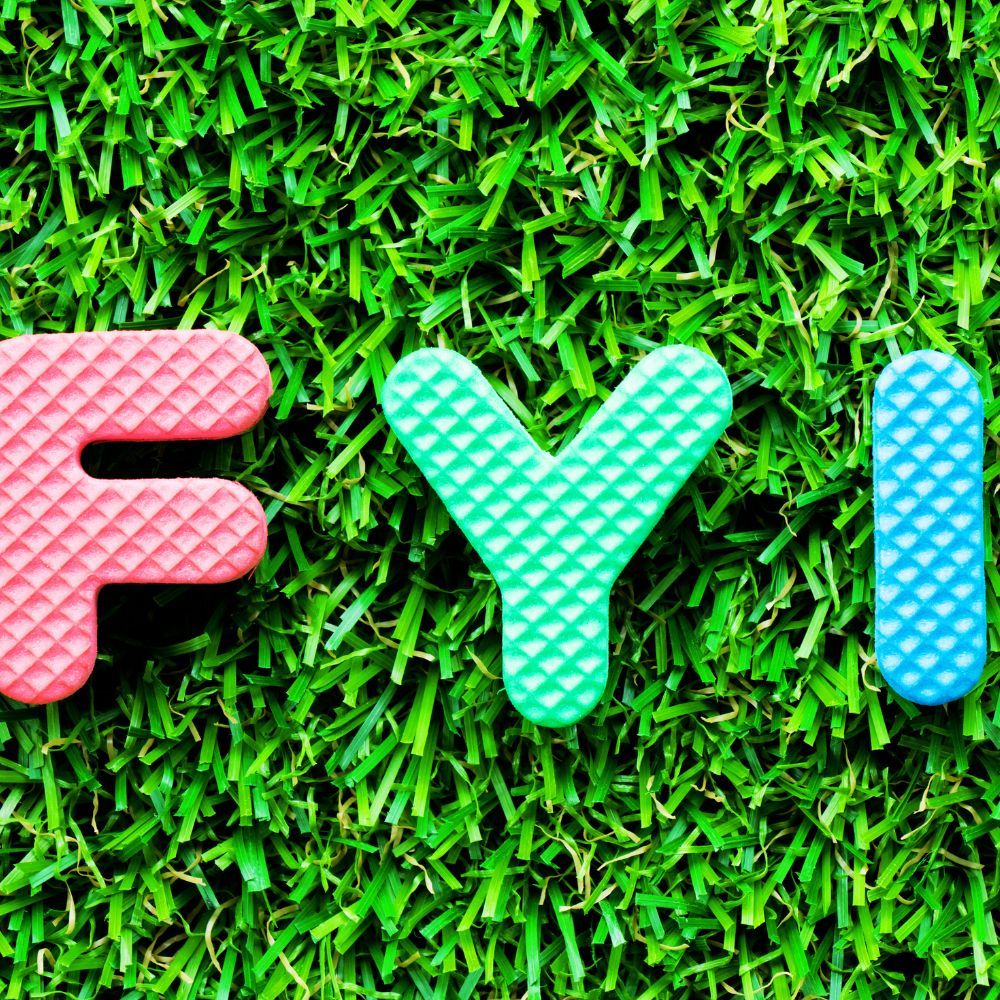
Breaking in a new baseball glove is an essential step to ensure its optimal performance and comfort. There are several methods for breaking in a new glove, including using glove oil and a mallet, steaming, and playing catch. Each method has its own advantages and disadvantages, and it’s important to find the approach that works best for your young player’s specific glove and preferences.
Regardless of the method chosen, breaking in a new glove properly will not only improve its performance on the field but also contribute to its longevity and overall enjoyment.
Glove Oil and Mallet
Using glove oil and a mallet is a popular method for breaking in a new baseball glove. To begin, apply a small amount of glove oil to the leather, ensuring that it is evenly distributed across the surface.
Next, use a wooden mallet to strike the glove, focusing on the areas where the glove needs to be softened and shaped. This process will help to mold the glove to the player’s hand and create the desired pocket shape.
It’s important to note that excessive use of glove oil can damage the leather and affect the glove’s performance, so be sure to use it sparingly and only as needed. With proper application and technique, using glove oil and a mallet can help to break in a new glove effectively, ensuring that it is comfortable and game-ready for your young player.
Steaming
Steaming is another method for breaking in a new baseball glove, utilizing steam to make the leather more pliable and help shape the glove to the player’s hand. To steam a glove, place it in a steamer for 2-5 minutes, ensuring that the temperature reaches approximately 150°F.
Alternatively, you can pour boiling water into the pocket of the glove and let it sit for 10 minutes. The heat and moisture from the steam will soften the leather and make it easier to mold and shape the glove to the player’s hand.
While steaming can be an effective method for breaking in a new glove, it’s important to exercise caution and follow the proper procedure to avoid damaging the glove.
Always ensure that the glove is not exposed to excessive heat or moisture, and allow it to dry completely before use. With proper care and technique, steaming can help to break in a new glove quickly and efficiently, providing the hot glove treatment your new gear deserves.
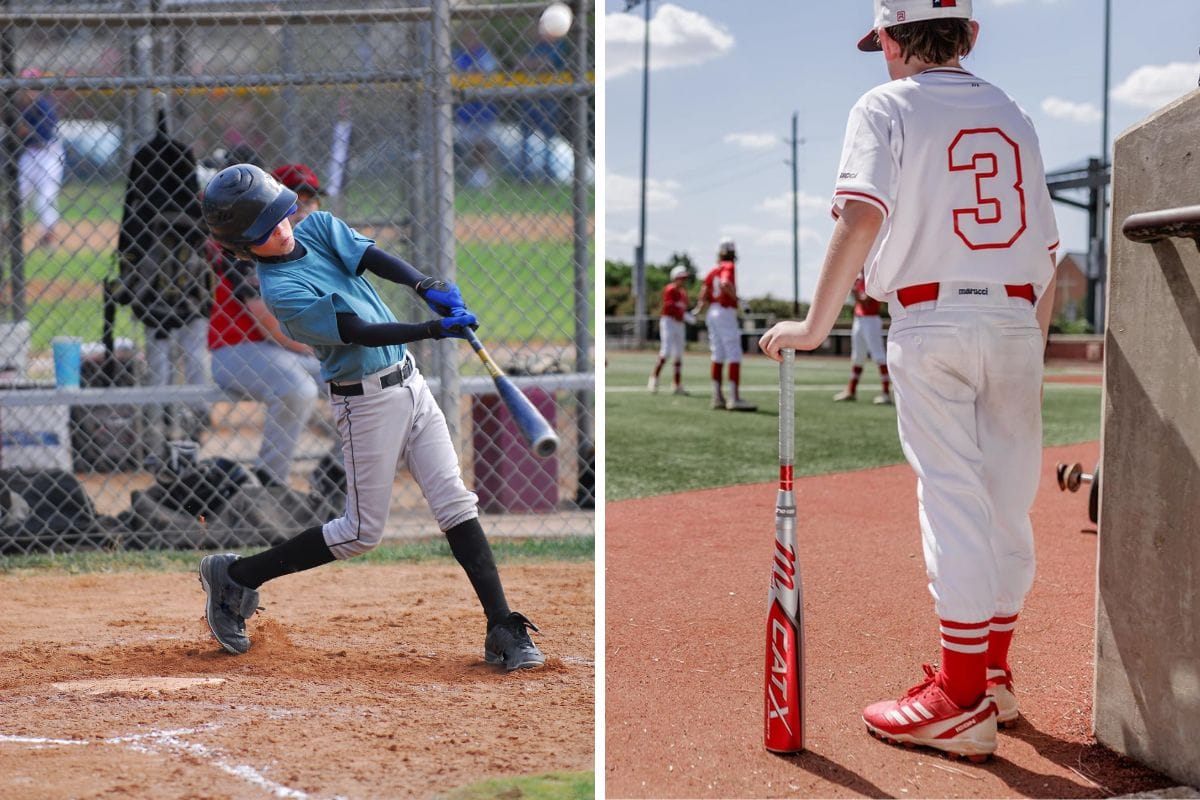
Playing Catch
Playing catch is a tried and true method for breaking in a new baseball glove. By repeatedly squeezing the glove around the ball while playing catch, the glove will naturally begin to conform to the player’s hand and create the desired pocket shape. This method not only helps to break in the glove but also allows the player to become accustomed to the feel and performance of the glove on the field.
When using the playing catch method to break in a new glove, it’s important to be patient and allow the glove to break in naturally over time. Regularly playing catch with the glove will help to ensure that it is properly broken in and ready for use in games. Remember, a well-broken-in glove can greatly improve a young player’s performance and enjoyment of the game.
How to Choose the Right Size Baseball Glove
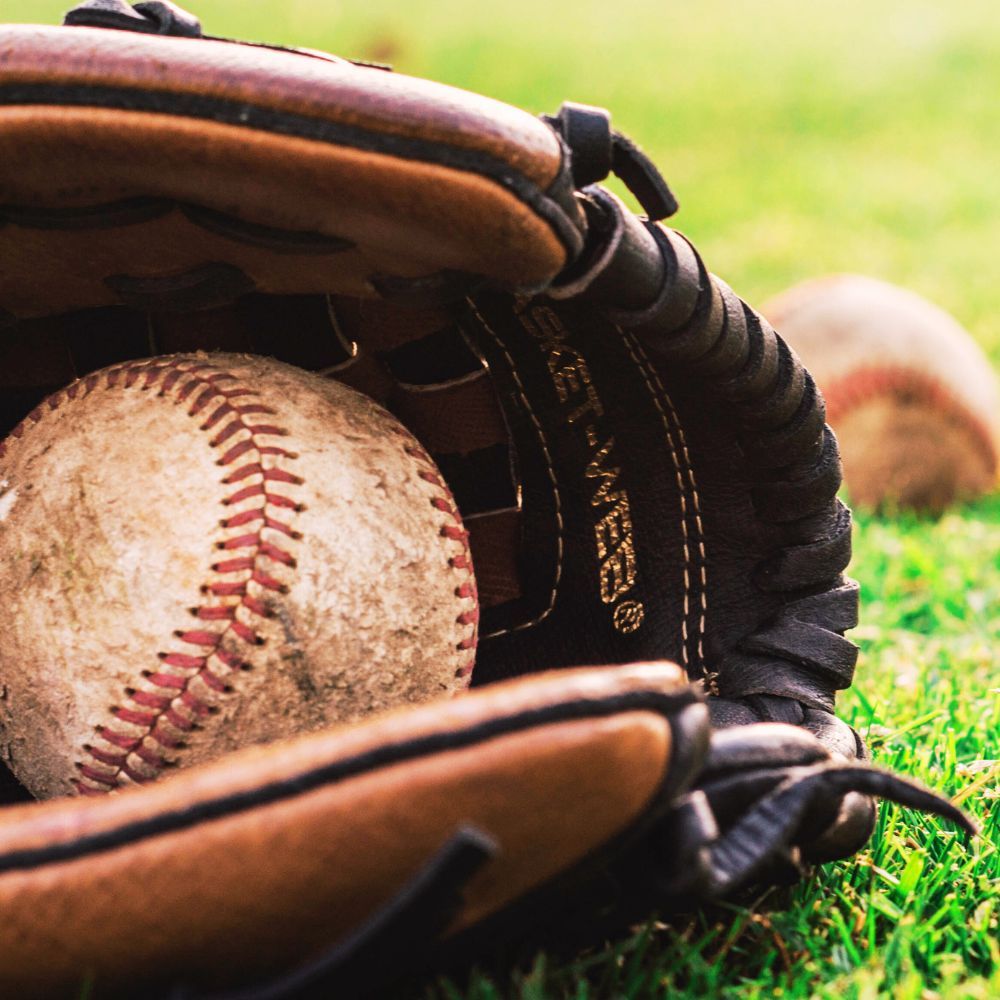
Selecting the right size baseball glove for youth players is crucial to ensuring optimal performance and comfort on the field. The appropriate glove size varies depending on the player’s age, position, and hand size, making it important to consider these factors when choosing the perfect glove.
In this section, we will provide guidance on how to determine the correct size baseball glove for youth players, including a helpful sizing chart and tips for trying on gloves. With the right information and tools at your disposal, you can confidently select the ideal glove size for your young athlete.
Sizing Chart
A sizing chart can be a valuable tool in determining the appropriate size glove for your young player. To use a sizing chart, simply measure your child’s hand by wrapping a measuring tape around the widest part of the hand, just below the knuckles, excluding the thumb.
Then, consult the sizing chart to find the corresponding glove size based on the hand measurement. Keep in mind that this is just a starting point, and the most accurate way to find the perfect glove size is to have your child try on different gloves and select the one that feels most comfortable and secure.
It’s important to note that the sizing chart is intended as a general guideline and may not account for every player’s unique hand shape and size. Additionally, glove sizes may vary slightly between different brands and models, so it’s always best to have your child try on multiple gloves to find the perfect fit.
Trying on Gloves
When trying on gloves, there are several factors to consider in ensuring the proper fit. First, the glove should fit snugly, with the player’s fingers reaching the end of the glove without feeling cramped or restricted.
The glove should also be easy to open and close, allowing the player to comfortably catch and throw the ball. If the glove feels too tight or too loose, it may be necessary to adjust the glove using a glove mallet or glove oil, as previously mentioned.
It’s essential to bring your child to the store to try on gloves or consult product reviews and user experiences to ensure the glove is comfortable and suitable for their hand size. Remember, a well-fitting glove can greatly impact a young player’s performance and enjoyment of the game, so it’s crucial to invest time and effort in finding the perfect fit.
Customization Options for Baseball Gloves
Customizing a baseball glove can add a personal touch and make it truly unique for your young player. There are various customization options available for baseball gloves, such as colors, embroidery, and webbing styles.
While customizing a glove can be an exciting way to showcase your child’s personality and style, it’s essential to consider the potential drawbacks of choosing a custom glove with a lower price, such as reduced leather quality and durability.
In this section, we will explore the different customization options for baseball gloves and discuss the factors to consider when deciding whether to customize your child’s glove.
Caring for Your Baseball Glove
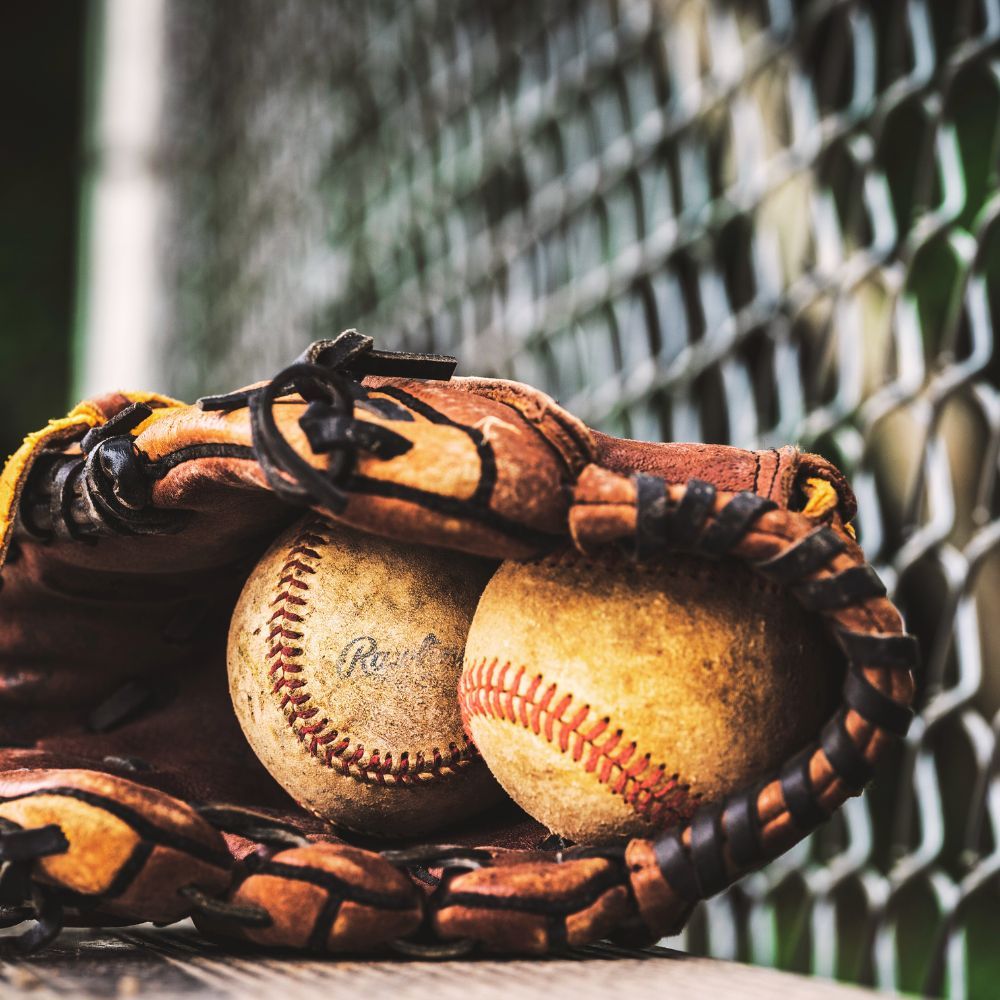
Proper care and maintenance of a baseball glove are essential to ensure its longevity and optimal performance. By following a few simple tips, you can help keep your young player’s glove in top condition and ready for action on the field.
In this section, we will provide advice on how to clean, condition, and store a baseball glove, as well as guidance on reshaping the glove if needed. With proper care, your child’s glove can provide years of comfort and performance, contributing to their success and enjoyment of the game.
Top Baseball Glove Brands
Several top brands are known for producing high-quality baseball gloves for youth players, including Rawlings, Wilson, and Mizuno. Each brand offers its own unique features and benefits, catering to different preferences and needs.
In this section, we will review these top baseball glove brands and highlight their key characteristics, such as quality, durability, comfort, and popular models. By understanding the differences between these brands, you can make an informed decision when selecting the perfect glove for your young player.
Rawlings
Rawlings is a well-established brand in the world of baseball gloves, known for their superior quality and durability. Their gloves are crafted from premium materials and designed to provide a snug fit and optimal protection for young players.
Some popular Rawlings glove models include the Pro Preferred, Heart of the Hide, and Gamer series. These gloves feature reinforced stitching and cushioning for added protection and comfort on the field.
When selecting a Rawlings glove for your young player, it’s important to consider factors such as size, position, and personal preferences. With a wide range of high-quality gloves to choose from, Rawlings is a reliable choice for youth baseball players looking for a glove that will last for multiple seasons and provide exceptional performance.
Wilson
Wilson baseball gloves are renowned for their lightweight construction and exceptional grip, making them an ideal choice for young players seeking comfort and performance.
Made from premium steer hide leather, Wilson gloves incorporate Double Palm Construction and a fully cinched wrist opening for a secure and comfortable fit. Some of the top-selling Wilson glove models include the A2000 and A2K series, both of which offer a soft and easy break-in condition for young players.
When choosing a Wilson glove for your child, it’s important to consider factors such as size, position, and personal preferences. With their reputation for comfort and performance, Wilson baseball gloves are a popular choice among youth players looking for a glove that will help them excel on the field.
Mizuno
Mizuno baseball gloves are known for their innovative features, quality materials, and best-selling models, making them a popular choice for youth players. Their gloves are designed with moisture control technology, ensuring that the player’s hands remain cool and dry during play. Some of the most popular Mizuno baseball gloves include the Mizuno Prospect Series, the Mizuno Classic Series, and the Mizuno Pro Series.
When considering a Mizuno glove for your young player, it’s important to evaluate factors such as size, position, and personal preferences. With their reputation for exceptional craftsmanship and superior quality, Mizuno baseball gloves are an excellent choice for young players seeking a glove that will provide optimal performance and comfort on the field.
SwagScale Advice
In summary, choosing the right baseball glove for your young player is a crucial decision that can greatly impact their performance and enjoyment of the game. By considering factors such as size, position, materials, and brand, you can ensure that your child has the perfect glove to help them excel on the field.
Remember to consider the various customization options available, as well as the importance of proper care and maintenance to prolong the lifespan of the glove. With the right information and tools at your disposal, you can confidently select the ideal glove for your young athlete, setting them up for success and enjoyment in the world of baseball.
Your Baseball Glove Guru,
Ray
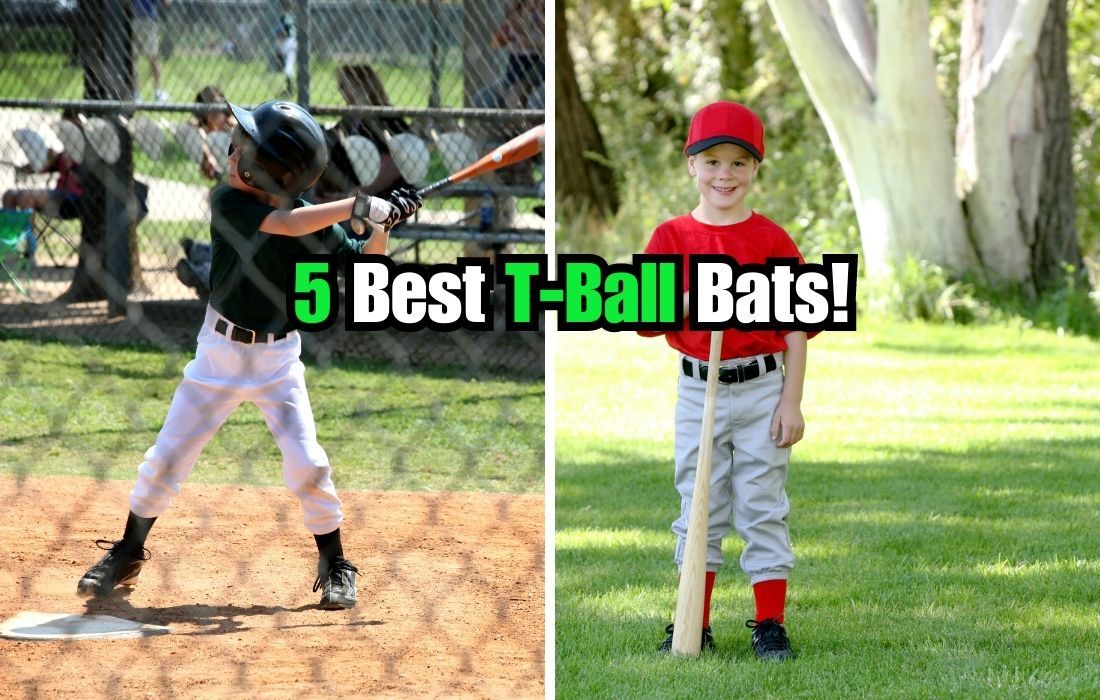
Frequently Asked Questions
What glove does shohei ohtani use?
Shohei Ohtani uses a unique and eye-catching Asics Gold Stage glove, modeled on the premium Made in Japan A2K® gloves. This glove features Tan Pro Stock Select Leather, Double Palm Construction, and an embroidered New Balance 574 shoe across the wrist.
Is Wilson better than Rawlings?
Given the quality and durability of Wilson gloves and the affordability of Rawlings, it is safe to say that Wilson gloves are of a higher quality than Rawlings.
What glove does Mike Trout use?
Rawlings Pro Preferred gloves are the gold standard in premium baseball gloves and Mike Trout uses them on the field.
What are the most important factors to consider when choosing a youth baseball glove?
When choosing a youth baseball glove, it’s important to consider its durability, material, pocket depth, webbing design, and size.
How can I break in a new baseball glove effectively?
Breaking in a new glove effectively can be achieved by using oil and a mallet, steaming it, or simply playing catch with it.
Are synthetic leather gloves good baseball gloves?
Synthetic leather gloves can be good for baseball, as they are often less expensive and more durable than traditional leather gloves. However, some players prefer the feel and performance of genuine leather gloves.
Ultimately, the choice between synthetic and real leather gloves largely depends on personal preference and budget. It is important to try both types and find the option that feels best for you as a player.



